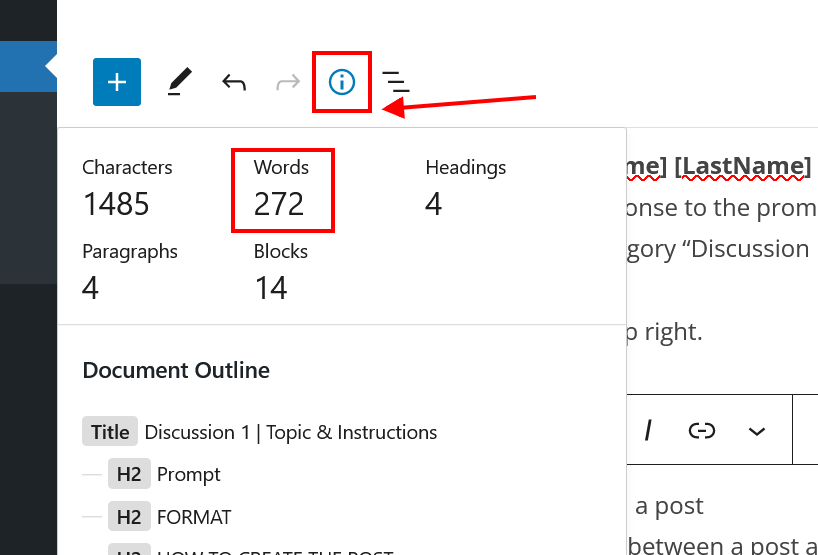I see activism as taking part in a group or movement that is supporting the freedom of or fighting for the rights to freedom of any group of society that is oppressed, disadvantaged, underprivileged, etc. I like the word activism because it says to be active in something, helping create movement and action. I would say before reading this article I would’ve thought you could only be an activist if you were a part of a movement, doing something to help on a larger scale, organizing event or marches, etc. I have always felt like I don’t do enough, I could and should do more, do better. I noticed that this way of thinking doesn’t ever propel me into lasting change, I can see it is limited in it’s all or nothing perspective. After this reading I feel more confident about doing what I can and that being ok and enough. From sharing ideas, learning, staying open and curious, listening and receiving feedback, getting a mentor, and all the tips on how to be a better learner are extremely valuable tools for navigating finding a place in the world to be of service.
I watched United in Anger, the history of ACT UP. I chose this film because I want to learn more about the AIDS epidemic as I don’t feel very educated about what happened, I have only heard snippets of stories and history over time. Living in NYC I feel it is such a presence here, so many people I come across experienced that time in a very real way, living through it and losing many friends. I didn’t know that the ACT UP movement was fighting for drugs to be released faster from the FDA. It really shows how complex different situations can be, given what we are currently seeing with people not wanting the COVID vaccines because they see that the FDA released them too fast. Every situation is very different and with the AIDS Epidemic they were fighting for their right to be considered in the decisions about the drugs, whether they could take them or not.
ACT UP, like a lot of movements, end up intersecting other issues which can bring light to complexity that multiple people deal with. In this case, one of those examples was the women’s movement that happened alongside and at times along with the ACT UP movement. In the film they show women fighting for similar causes, rights of their own bodies and to be a part of decisions made about birth control rights. These two issues intersecting at this time in history as well as having crossover cases. Women were being told by religious figures to not use protection during intercourse which was very dangerous given the rate AIDS was spreading.
As mentioned in this film, the power of people coming together and pressuring institutions and systems that be is incredible and can be monumentally successful. I could really see this from being in NYC for the 2020 Black Lives Matter protests. Not only can you see how when people come together it can really make change on a bigger level, but being there also makes change on a personal level. Seeing and feeling the power of that movement at that time changed me forever. I think activism is impactful and I think it’s important for everyone to take part in being an activist in some way, because when you around change you learn to see people and see the truth, which then leads to real impactful change. I would like to find ways to be an activist in my life on a daily basis instead of just for the big things, I am happy to read this article and look forward to going back and reading all the suggestion pages.

